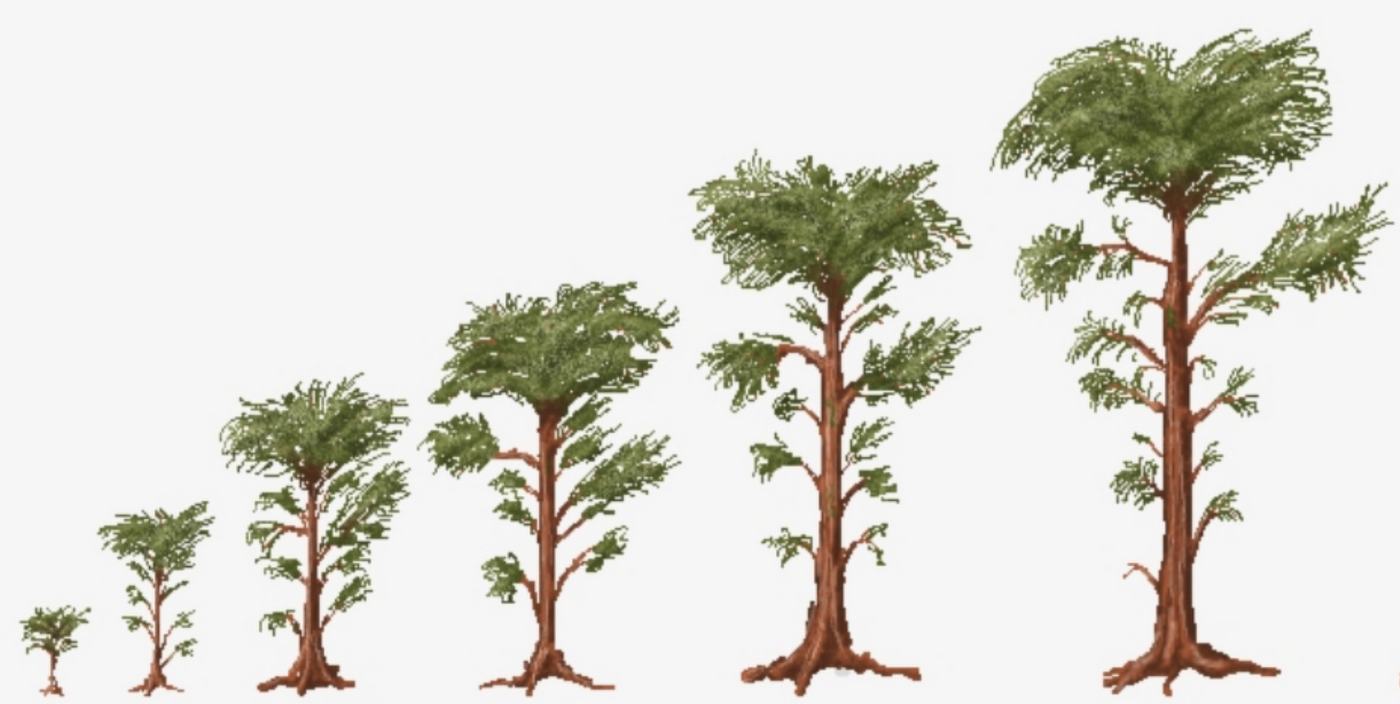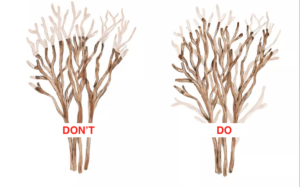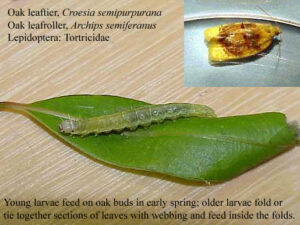 How Big Will My Tree Get? Understanding Tree Growth and Size
How Big Will My Tree Get? Understanding Tree Growth and Size
Have you ever wondered about the eventual size of your tree? It’s a common question for homeowners and tree enthusiasts. While it’s challenging to predict the exact size of a tree, there are factors that can give you an idea of its potential growth. Let’s explore what influences a tree’s size and help you understand how trees grow.
Species Characteristics: Different tree species have different growth habits and sizes. Some trees, like oak or maple, can grow tall, reaching heights of over 100 feet. Others, such as dogwood or Japanese maple, tend to stay smaller, usually around 20 feet. Knowing the typical size range for your tree’s species will give you a general idea of its potential size.
Environmental Factors: Environmental conditions, like sunlight, water availability, soil quality, and climate, affect a tree’s growth. Trees need sunlight for photosynthesis and energy production. The availability of water and nutrients in the soil directly impacts their development. Climate conditions, such as temperature and precipitation, also play a role. Considering these factors will help you estimate your tree’s size.
Growth Rate: Trees grow at different rates. Some species grow quickly, while others grow slowly. Fast-growing trees like willow or poplar can reach their full size in a few decades. Slow-growing trees like oak or sequoia may take many decades or even centuries to reach their full potential. Understanding your tree’s growth rate will give you an idea of how quickly it will grow and its eventual size.
Site Conditions and Space: The space available and site conditions can affect a tree’s size. Trees in open areas with room for their roots to spread tend to grow larger. Crowded or restricted growing conditions can limit their growth potential. Considering the available space for your tree is important when estimating its size.
Pruning and Maintenance: Pruning and maintenance practices can also impact a tree’s size. Regular pruning can shape its growth, remove dead or damaged branches, and control its size. Proper pruning techniques, like crown reduction or selective thinning, can help manage the overall size and form of a tree.
Although it’s challenging to predict the exact size of a tree, understanding the factors that influence its growth can give you valuable insights. Species characteristics, environmental conditions, growth rate, site conditions, and maintenance practices all play a role. By considering these factors, you can make informed decisions about tree selection, provide optimal growing conditions, and implement proper maintenance to ensure healthy growth and manage the size of your trees. Consulting with a certified arborist will provide expert guidance tailored to your specific tree species and contribute to a better understanding of its growth potential.




